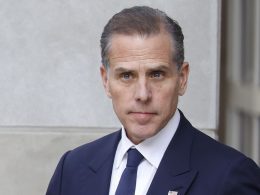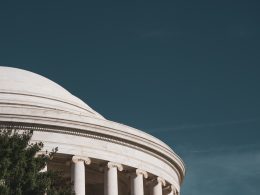Inflation in the United States has surged to its highest levels in decades, leaving both economists and everyday citizens scrambling to make sense of the consequences and seeking viable solutions. This economic phenomenon, which once seemed to be a distant concern, has now firmly taken center stage. In this comprehensive report, we delve into the causes, consequences, and potential solutions for the inflation crisis gripping the nation.
Causes of Inflation
Inflation can be a complex and multifaceted issue, but there are several key factors contributing to its rapid rise in America.
- Supply Chain Disruptions: The COVID-19 pandemic disrupted global supply chains, causing bottlenecks in the production and distribution of goods. These disruptions have led to shortages and increased prices for a wide range of consumer goods.
- Increased Demand: As the economy reopens and people return to work, there is a surge in consumer demand. This demand outstrips the available supply, leading to price increases.
- Rising Energy Prices: The global increase in oil prices has had a direct impact on the cost of transportation and energy, leading to higher prices across various industries.
- Monetary Policy: The Federal Reserve’s low-interest rate policies and massive asset purchases have injected a significant amount of money into the economy, potentially fueling inflation.
Consequences of Inflation

The consequences of high inflation are far-reaching and impact different segments of the population differently.
- Purchasing Power Erosion: With prices rising, the purchasing power of the average American is diminishing. This means people can afford less with the same amount of money, leading to financial strain.
- Income Inequality: Inflation often hits low-income individuals the hardest. Those who are less able to absorb price increases may find it increasingly difficult to make ends meet.
- Uncertainty for Businesses: Inflation can create uncertainty for businesses, making it challenging to plan for the future. Increased costs for materials and labor can lead to reduced profits and potentially job cuts.
- Interest Rate Hikes: To combat inflation, the Federal Reserve may opt to raise interest rates. This can have a cooling effect on the economy but can also make borrowing more expensive for individuals and businesses.
Solutions to Tackle Inflation
Addressing inflation requires a multi-faceted approach that balances economic stability and affordability for the average American. Potential solutions include:
- Supply Chain Resilience: Improving the resilience of supply chains to mitigate disruptions, such as those caused by the pandemic.
- Enhanced Investment in Infrastructure: Investing in infrastructure can help alleviate supply chain bottlenecks and stimulate economic growth.
- Balanced Monetary Policy: The Federal Reserve may need to carefully adjust its monetary policies to ensure they do not exacerbate inflation while still supporting economic recovery.
- Social Safety Nets: Expanding social safety nets can help protect the most vulnerable from the impacts of inflation.
- Energy Transition: Transitioning to cleaner and more sustainable energy sources can help reduce the vulnerability of the economy to oil price shocks.
In conclusion, inflation in America is a complex challenge with far-reaching consequences. Addressing the issue will require a delicate balancing act, as policymakers seek to stabilize the economy without further eroding the purchasing power of American citizens. As the nation grapples with this pressing issue, the importance of clear, well-informed, and balanced reporting cannot be overstated. Our commitment to journalistic ethics and rigorous research remains steadfast, providing a reliable source of information to navigate these turbulent times.











